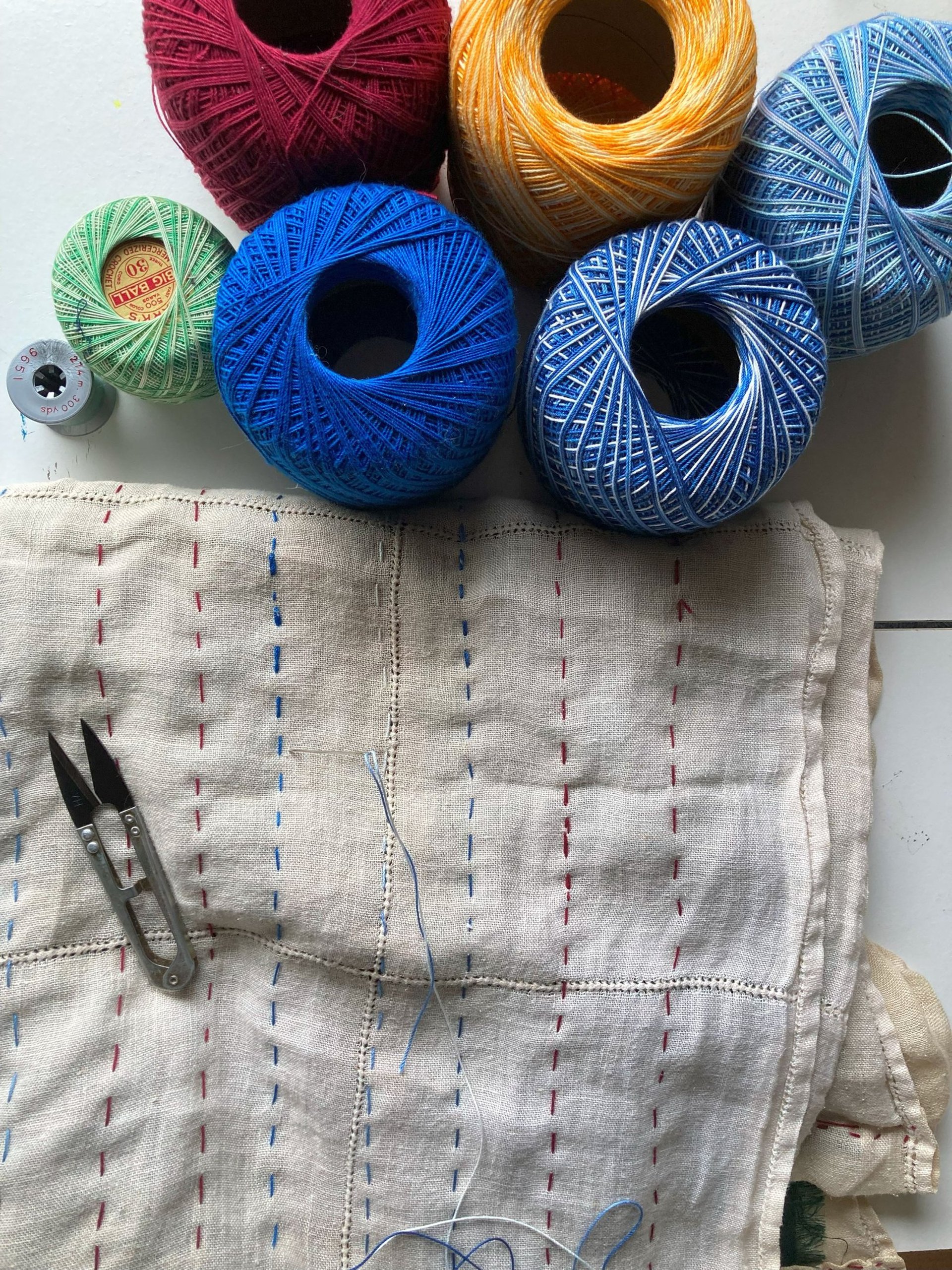
JF Revival Studio is a creative textile art studio with an emphasis on reuse. This is a place where the old, the worn and the neglected always get a second (or even third!) chance to shine. Thank you for coming - browse around and see what's in the works!